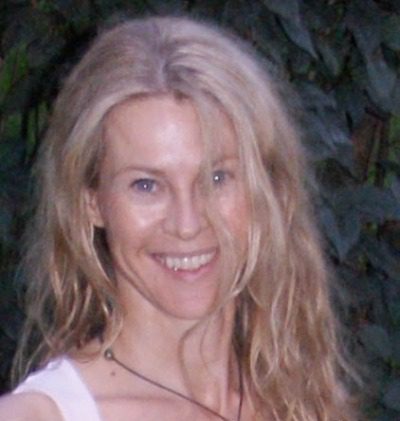Borrowing Endogenous Protein Surfaces to Inhibit Pathogenic Protein Interactions

Research Area
Aging
Grant Type
Start-Up
Year
2007
Abstract
Alzheimer’s disease is the most prevalent neurodegenerative disease and the number of affected individuals is steadily rising. One of the major problems with the treatment of Alzheimer’s disease (AD) is that to date all available treatments only address the symptoms of AD and no treatment with a disease-modifying effect is available. In AD a protein fragment called A-beta accumulates and forms small aggregates in and around neurons. The abnormal protein-protein interactions between A-beta peptides initiate the cascade of events that will lead to the death of neurons and the development of AD. One route of prevention and/or treatment of AD is to block the protein-protein interactions between the A-beta peptides. However, despite 30 years of research, scientists have made little progress in developing drugs that inhibit interactions between proteins. A small molecule between protein surfaces is like a grain of sand between strips of Velcro. Our aim is to enable this grain of sand to drag along a tennis ball. Thus, we have devised a strategy to get around this problem creating a molecule that is able to attach itself to an abundant cellular protein. These new compounds can recruit the bulky protein to the beta-amyloid fragments and prevent them from forming large clumps. This chemical trick makes it possible for the small molecule to increase its size by many fold before binding to the amyloid-beta protein fragments and to greatly reduce the ability of other fragments to gain a foothold. As a result, these molecules are effective at reducing such protein interactions at concentrations 100 times lower than other blocking agents that have been tested. We have further developed this approach with the funding provided by the Hillblom foundation and hope that this strategy will contribute to the development of therapeutic agents that will prevent, or delay the onset of Alzheimer’s disease.

